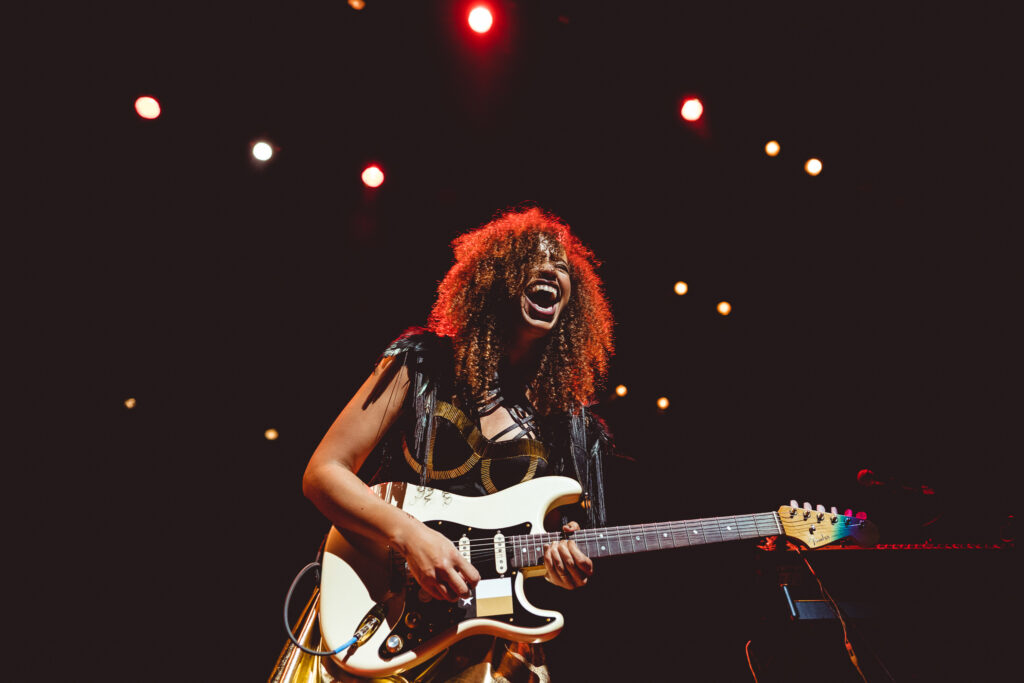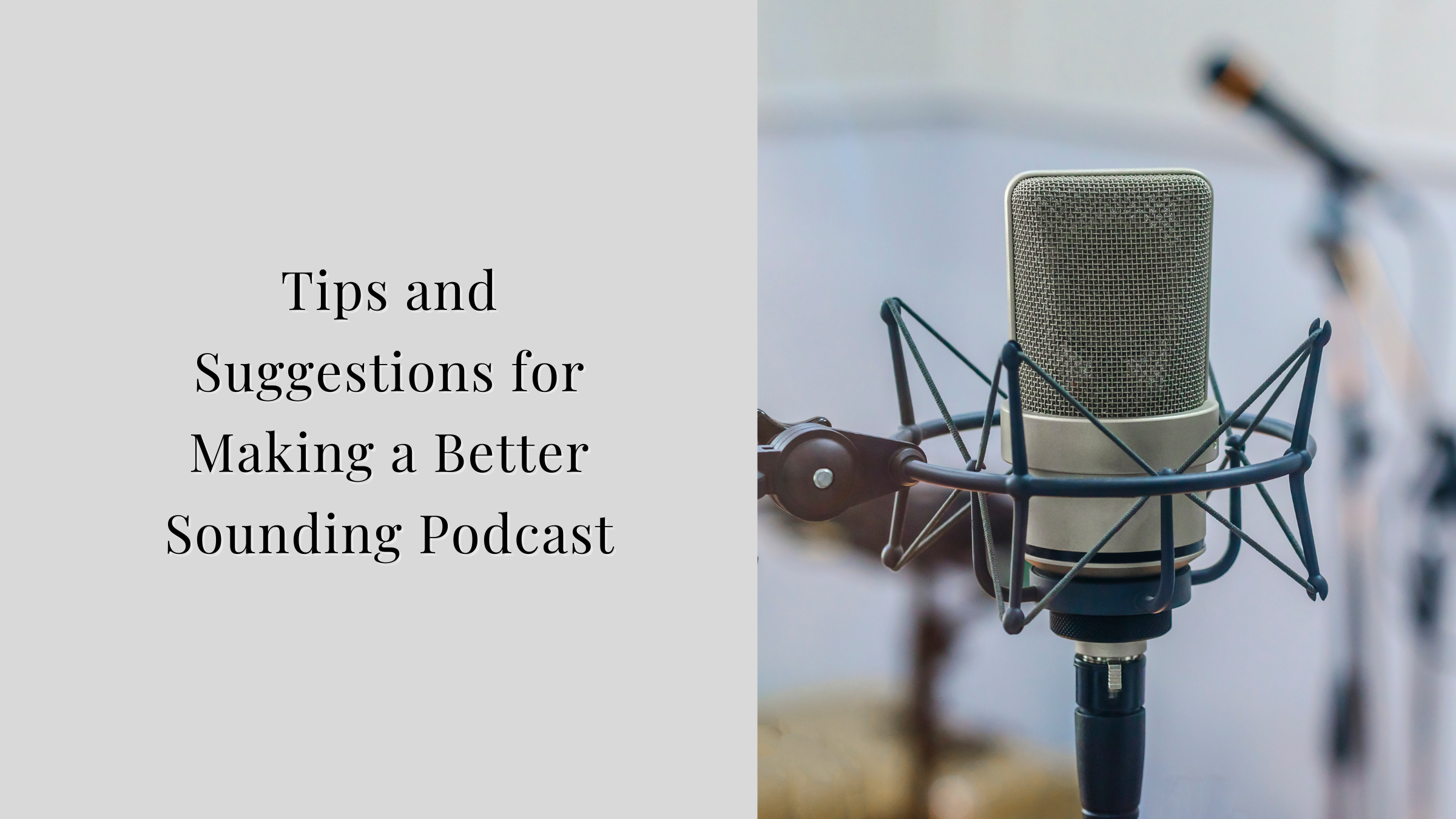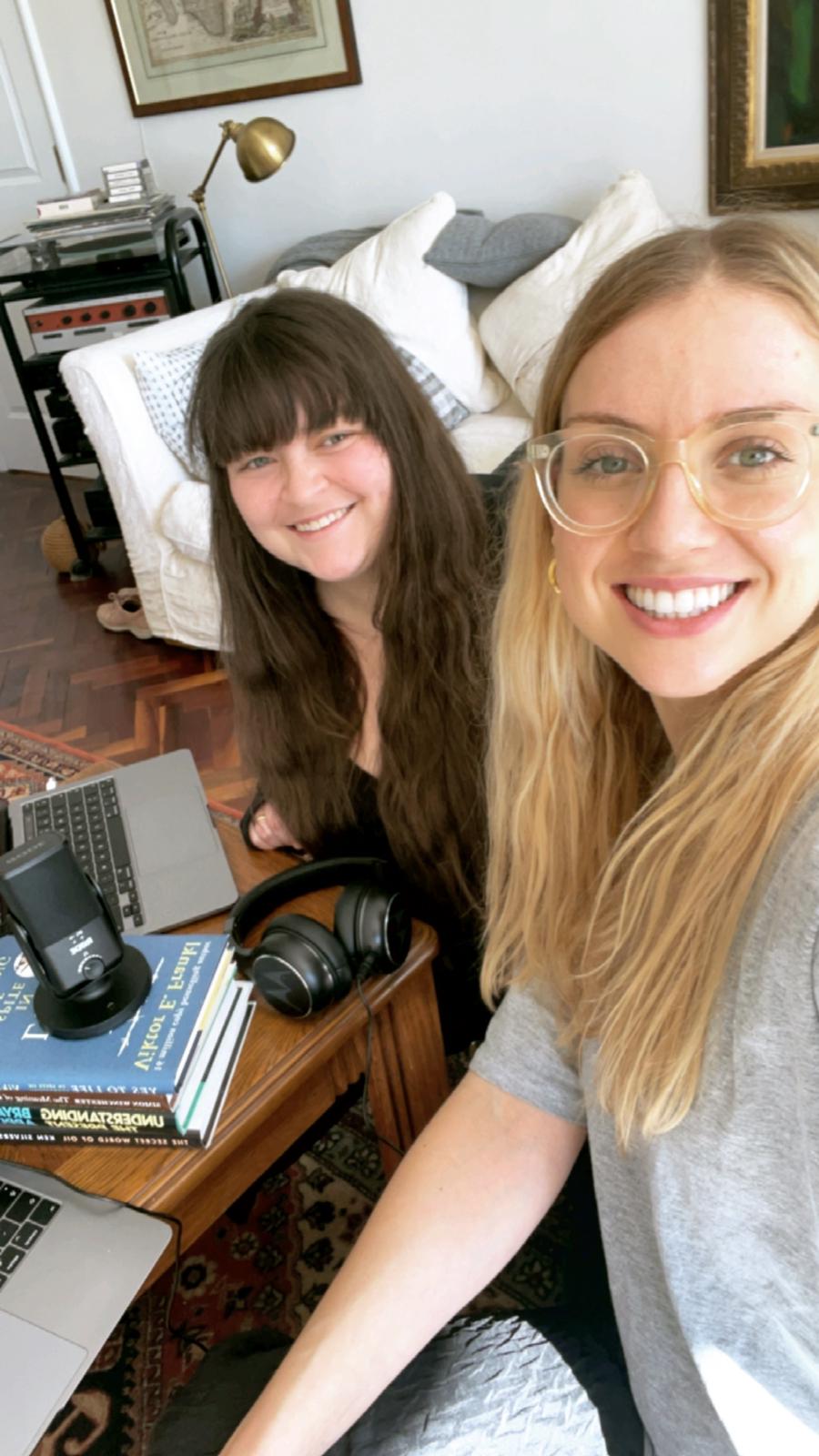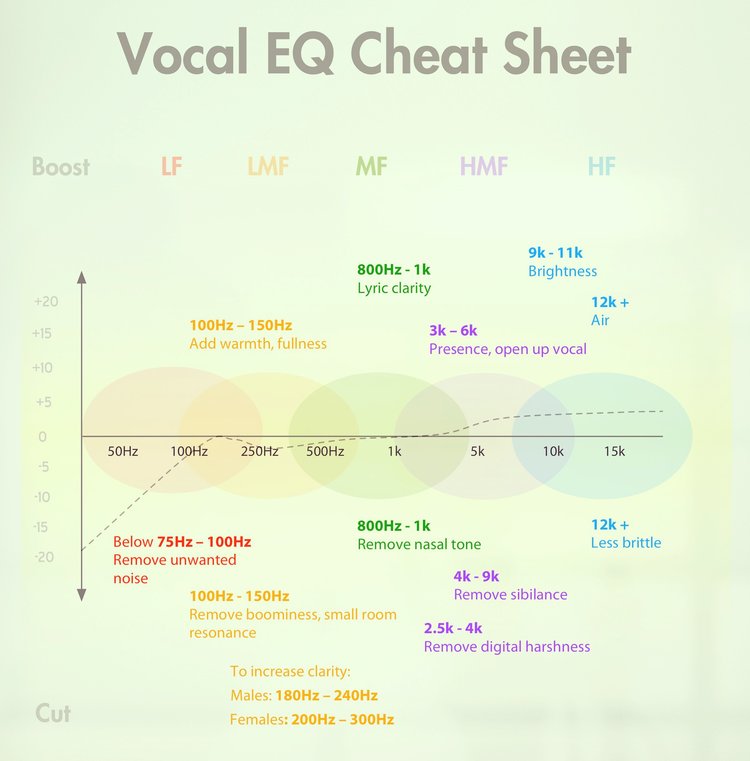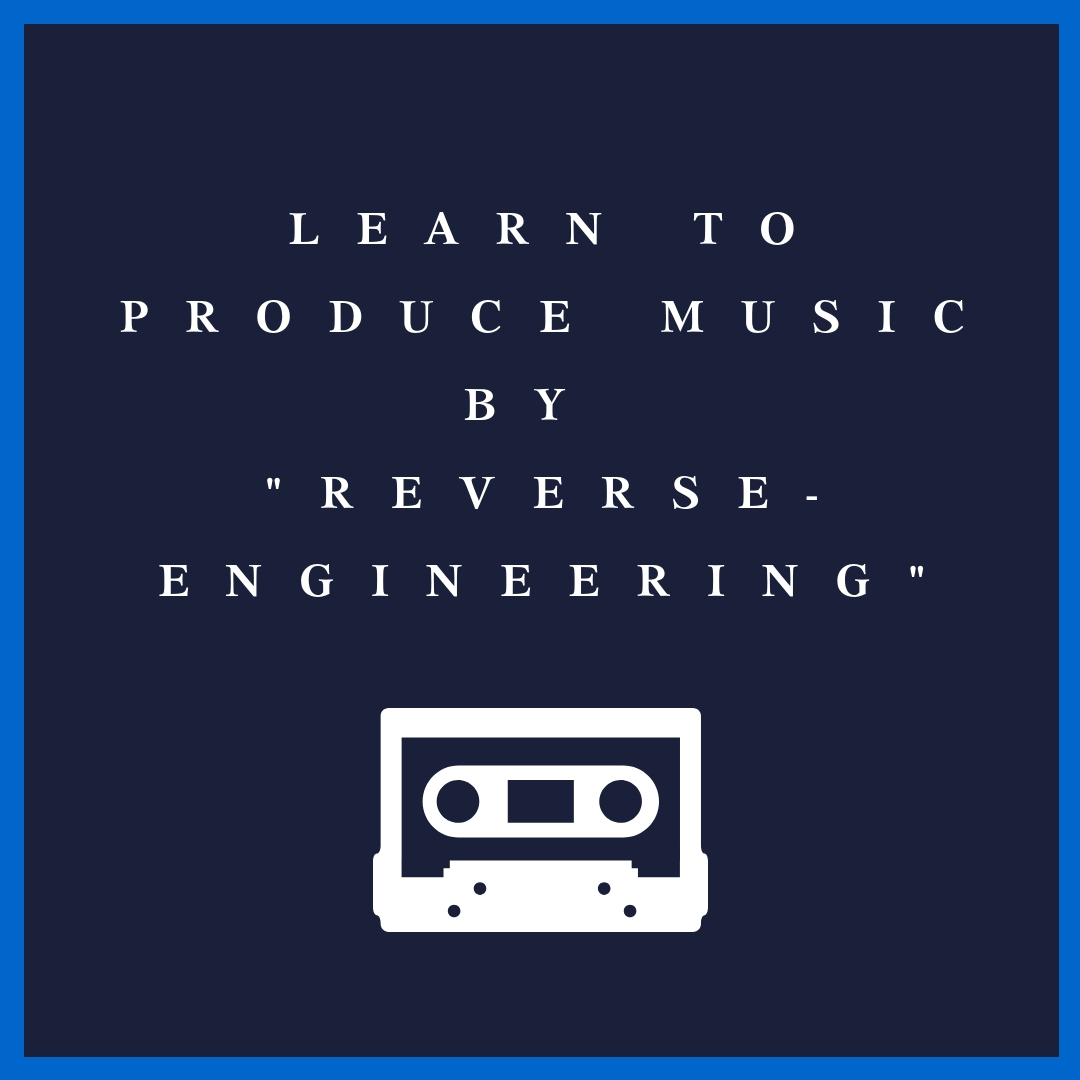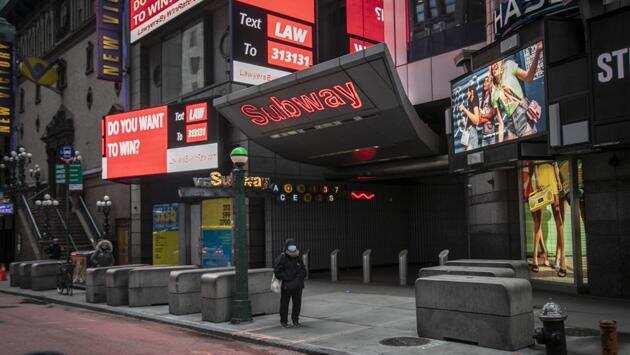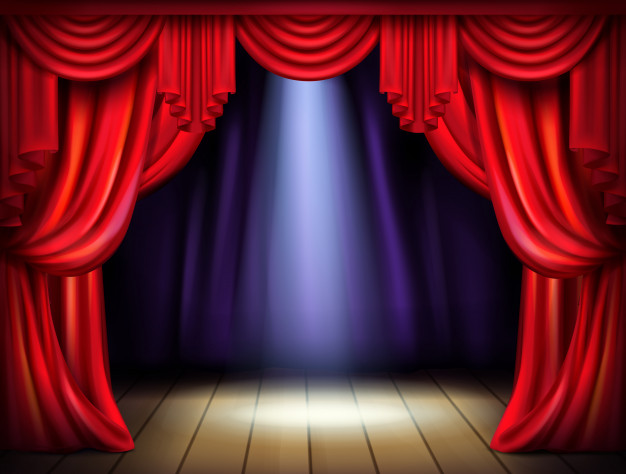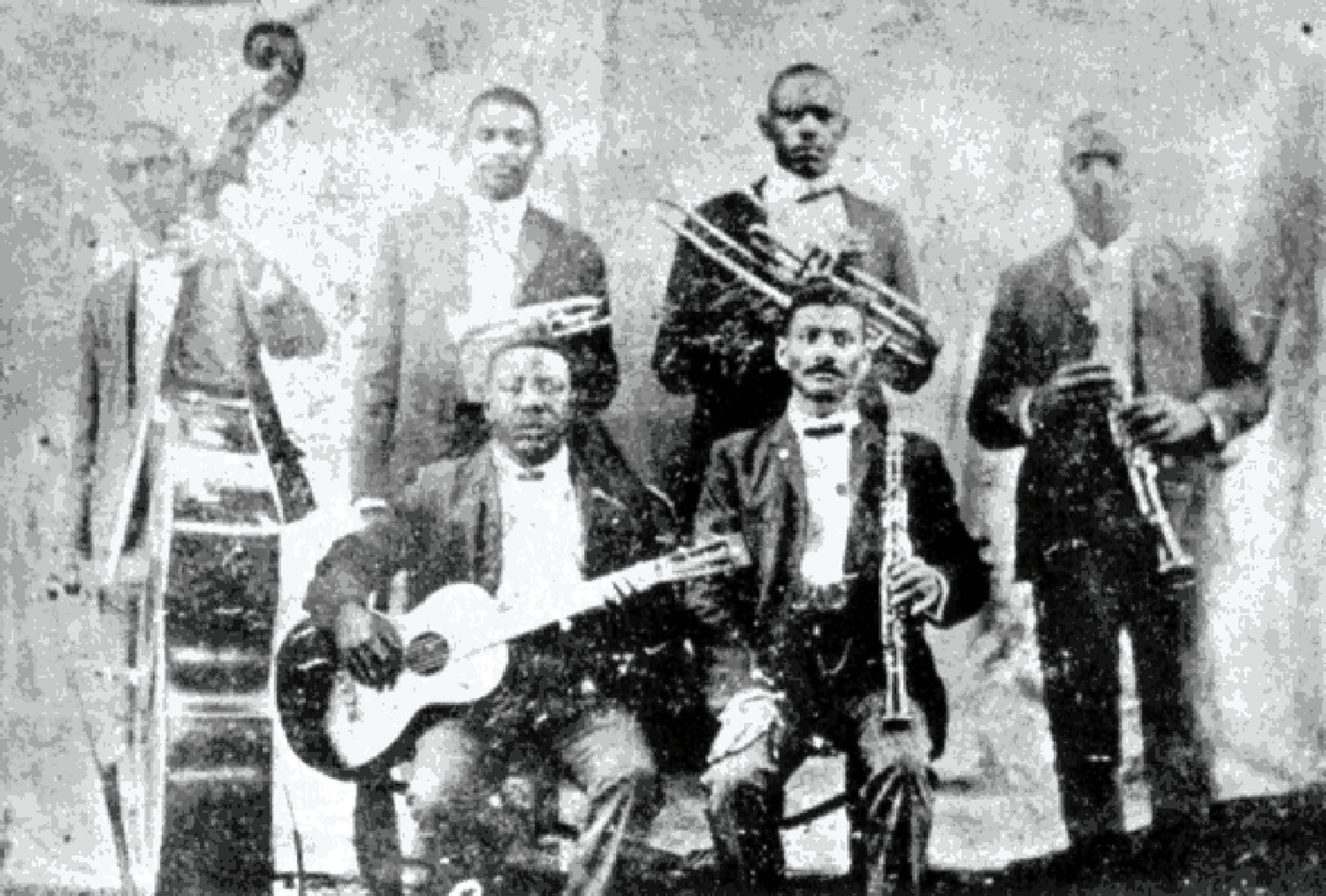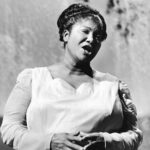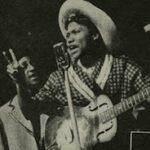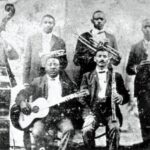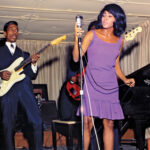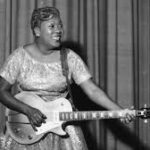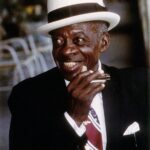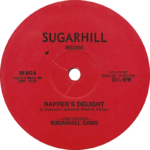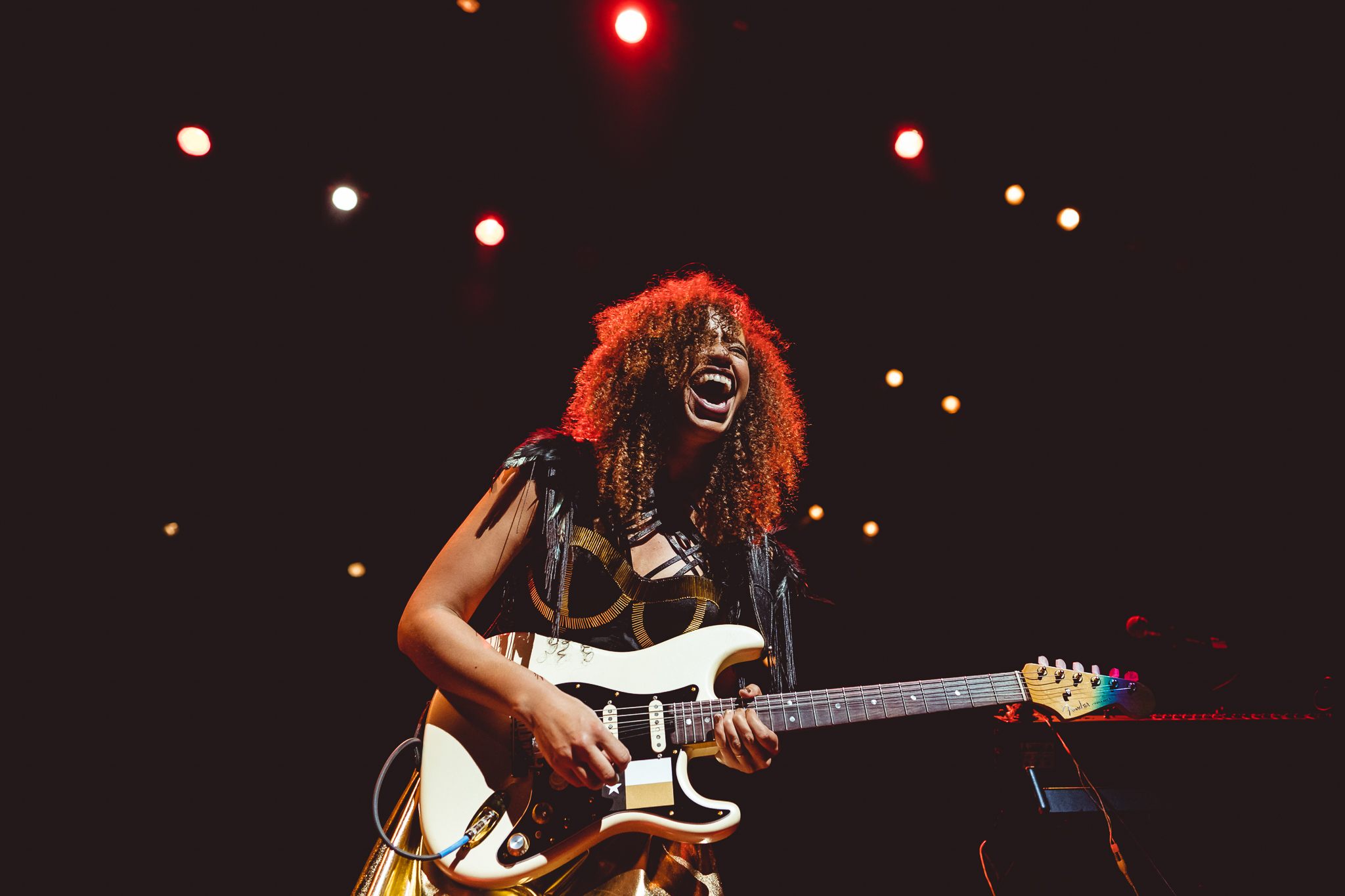
IWD SOUNDGIRLS Playlist
In Celebration of International Women’s Day
IWD SOUNDGIRLS Playlist
A collection of songs from artists & women working on both sides of the glass in the studio, curated by SoundGirls. Learn more about who we are, what we do, & join our community at Soundgirls.org.
Make Every Day of Every Month Women’s Day
Things you can do to Diversify the Industry.
Diversify Your Studio & Road Crews by hiring women, women-identifying, and non-binary people working in Recording, Live Sound, Film & TV, Game Audio, Podcasts and more. Find them in The EQL Directory. The EQL Directory Amplifies the careers and achievements of women working behind the scenes in audio and production.
We would like to thank everyone for submitting their work for consideration, we received so many fantastic songs it was very hard to narrow down for the playlist. We would like to thank Ainjel Emme, Jett Galindo, Shruti Kumar, and Jasmine Mills for helping to curate and gather credit information
SoundGirls understands how important it is that musicians, composers, producers, and engineers are credited properly. We have done our best to list proper credits, if you do not see proper crediting, please contact us and we will update the credits.
SoundGirls IWD Playlist Credits
Resistance Revival Chorus
Everybody Deserves To Be Free
SONGWRITERS Deva Mahal, Lips, Stephanie Brown
MUSIC PRODUCERS / VOCAL PRODUCERS Tiffany Gouché, Deva Mahal, Abena Koomson-Davis
RECORDING ENGINEERS / EDITORS
Jaclyn Sanchez, Abbey Lewis
MIXING ENGINEERS
Jaclyn Sanchez
MASTERING ENGINEERS
Jett Galindo
MUSICIANS
WEBSITE
https://www.resistancerevivalchorus.com/; Bandcamp: https://resistancerevivalchorus.bandcamp.com/album/this-joy
JARINA DEMARCO
Ilegales
SONGWRITERS
Jarina DeMarco
MUSIC PRODUCERS / VOCAL PRODUCERS
Jarina DeMarco, Dylan Brady
RECORDING ENGINEERS / EDITORS
MIXING ENGINEERS
MASTERING ENGINEERS
MUSICIANS
WEBSITE
JACKIE VENSON
Make Me Feel
SONGWRITERS
Jackie Venson
MUSIC PRODUCERS / VOCAL PRODUCERS
Jackie Venson, Chris “Frenchie” Smith
RECORDING ENGINEERS / EDITORS
Christopher Messina, Jas Nowicki
MIXING ENGINEERS
Tim Palmer, Eddy Hobizal
MASTERING ENGINEERS
Eddy Hobizal
MUSICIANS
additional drum parts: Jas Nowicki
WEBSITE
Bandcamp: https://jackievenson.bandcamp.com/track/make-me-feel; Instagram: https://www.instagram.com/jackievenson/; Facebook: https://www.facebook.com/jackievenson; TikTok: https://www.tiktok.com/@jackievenson
TOKiMONSTA ft. VANJESS
Come and Go
SONGWRITERS
Jennifer Lee
MUSIC PRODUCERS / VOCAL PRODUCERS
TOKiMONSTA
RECORDING ENGINEERS / EDITORS
TOKiMONSTA
MIXING ENGINEERS
TOKiMONSTA
MASTERING ENGINEERS
TOKiMONSTA
MUSICIANS
WEBSITE
https://tokimonsta.com; Instagram: https://www.instagram.com/tokimonsta/; Facbook: https://www.facebook.com/tokimonsta; Twitter: https://twitter.com/tokimonsta
KIM GORDON
Sketch Artist
SONGWRITERS
Kim Gordon, Justin Raisen
MUSIC PRODUCERS / VOCAL PRODUCERS
Justin Raisen
RECORDING ENGINEERS / EDITORS
Justin Raisen, Anthony Paul Lopez
MIXING ENGINEERS
Justin Raisen
MASTERING ENGINEERS
Mike Bozzi
MUSICIANS
WEBSITE
https://kimaltheagordon.com; Instagram: https://www.instagram.com/kimletgordon/; Facebook: https://www.facebook.com/watch/KimGordonOfficial/
JOYEUR
Motion
SONGWRITERS
Anna Feller, Mischa Mandel
MUSIC PRODUCERS / VOCAL PRODUCERS
Anna Feller
RECORDING ENGINEERS / EDITORS
Anna Feller
MIXING ENGINEERS
Kevin Feller
MASTERING ENGINEERS
Jett Galindo
MUSICIANS
Joelle Corey, Anna Feller
WEBSITE
Instagram: https://www.instagram.com/itsjoyeur/?hl=en; Facebook: https://www.facebook.com/itsJoyeur/; Twitter:https://twitter.com/itsJoyeur?fbclid=IwAR33zZjeW9w9SnZX5CvgBwVW8IM30jGm913p-3Wa7035e4Il3K8x2w31xLE;
PRIYA RAGU
Good Love 2.0
SONGWRITERS
Aristoteles Filipe, Roshaan Ragu, Priya Ragu
MUSIC PRODUCERS / VOCAL PRODUCERS
Priya Ragu, Japhna Gold
RECORDING ENGINEERS / EDITORS
MIXING ENGINEERS
MASTERING ENGINEERS
MUSICIANS
WEBSITE
Facebook: https://www.facebook.com/priyaragu.music/; Instagram: https://www.instagram.com/priyaraguofficial/; Twitter: https://twitter.com/PRIYARAGUMUSIC?fbclid=IwAR2UwVJNDlWSJjZPw6d4-V8lNFfXBEfF03hGR-ZuXG1JpQbR9cPskRktDcs
SIERRA HULL
How Long
SONGWRITERS
Sierra Hull, Cindy Morgan
MUSIC PRODUCERS / VOCAL PRODUCERS
Shani Gandhi, Sierra Hull
RECORDING ENGINEERS / EDITORS
Shani Gandhi, Ron Block, Elise Hayes, Sierra Hull, Josh Kaler, Justin Moses, Gary Paczosa, Sam Reider, Jano Rix, Kai Welch
MIXING ENGINEERS
Shani Gandhi, Gary Paczosa
MASTERING ENGINEERS
Adam Grover
MUSICIANS
WEBSITE
https://www.sierrahull.com; Facebook: https://www.facebook.com/SierraHullMusic; Instagram: https://www.instagram.com/sierradawnhull/; Twitter: https://twitter.com/sierrahull
LUNA LI
Afterglow
SONGWRITERS
Hannah Kim, Luna Li (Hannah Bussiere)
MUSIC PRODUCERS / VOCAL PRODUCERS
Braden Sauder
RECORDING ENGINEERS / EDITORS
Braden Sauder
MIXING ENGINEERS
MASTERING ENGINEERS
Brock McFarlane
MUSICIANS
violin: Luna Li; bass: Luna Li; keys: Luna Li; vocals: Luna Li; guitar: Luna Li
WEBSITE
Instagram: https://www.instagram.com/lunaliband/?utm_source=ig_embed; Facebook: https://www.facebook.com/lunaliband/; Bandcamp: https://lunali.bandcamp.com/?fbclid=IwAR103OnUz31jSlS36GhsiPITHmeHnNjgBpUR01CeaPKio9l79n-c7I2d8GE; Twitter: https://twitter.com/lunaliband
HER SONGS: MARIE DAHLSTROM, EMILY C. BROWNING, EMMAVIE, DANI MURCIA, THE NAKED EYE
If We Try
SONGWRITERS
Her Songs: Dani Murcia, Emmavie, Marie Dahlstrøm, The Naked Eye, Emily C. Browning; Francesca (additional lyrics)
MUSIC PRODUCERS / VOCAL PRODUCERS
Dani Murcia, Emmavie, Marie Dahlstrøm, The Naked Eye
RECORDING ENGINEERS / EDITORS
Jaclyn Sanchez
MIXING ENGINEERS
Jaclyn Sanchez
MASTERING ENGINEERS
Jaclyn Sanchez
MUSICIANS
vocals: Emily C. Browning; guitar: Emily C. Browning; keys: Marie Dahlstrøm
WEBSITE
https://www.mariedahlstrom.com/her-songs, https://www.hersongsmusic.com; Facebook: https://www.facebook.com/mariedmusic/, https://www.facebook.com/hersongscollective; Twitter: https://twitter.com/mariedmusic; Instagram: https://www.instagram.com/marie.dahlstrom/, https://www.instagram.com/her.songs/
KILLS BIRDS
Volcano
SONGWRITERS
Nina Ljeti, Jacob Loeb, Fielder Thomas, Bosh Rothman
MUSIC PRODUCERS / VOCAL PRODUCERS
Justin Raisen
RECORDING ENGINEERS / EDITORS
Ainjel Emme, Anthony Paul Lopez
MIXING ENGINEERS
Justin Raisen
MASTERING ENGINEERS
MUSICIANS
WEBSITE
Instagram: https://www.instagram.com/killsbirdsmusic/; Twitter: https://twitter.com/killsbirdsmusic?lang=en
SUDAN ARCHIVES
Confessions
SONGWRITERS
Sudan Archives (Brittney Denise Parks), Wilma Archer, James R. McCall IV
MUSIC PRODUCERS / VOCAL PRODUCERS
Sudan Archives (Brittney Denise Parks), Wilma (or Will?) Archer; additional arrangement: James R. McCall IV
RECORDING ENGINEERS / EDITORS
Will Archer
MIXING ENGINEERS
Kenny Gilmore
MASTERING ENGINEERS
Dave Cooley
MUSICIANS
keys: Will Archer; cello: Clíona Ní Choileáin; mandolin: Sudan Archives; drum programming: Sudan Archives; synth: Sudan Archives; violin: Sudan Archives; bass: Sudan Archives; percussion: Sudan Archives
ELIZABETH GOODFELLOW
Milwaukee
SONGWRITERS
Elizabeth Goodfellow
MUSIC PRODUCERS / VOCAL PRODUCERS
Elizabeth Goodfellow
RECORDING ENGINEERS / EDITORS
Elizabeth Goodfellow
MIXING ENGINEERS
Theo Karon
MASTERING ENGINEERS
Stephen Marsh
MUSICIANS
vocals: Elizabeth Goodfellow, strings: Dina Maccabee, pedal steel: Ryan Hommel drums: Elizabeth Goodfellow, marimba: Elizabeth Goodfellow
WEBSITE
ANNABELLE MAGINNIS
Blastin’ Pastem
SONGWRITERS
Annabelle Maginnis
MUSIC PRODUCERS / VOCAL PRODUCERS
Annabelle Maginnis, Kenny Zhao
RECORDING ENGINEERS / EDITORS
Rachel White
MIXING ENGINEERS
Kenny Zhao
MASTERING ENGINEERS
Delwin Campbell
MUSICIANS
vocals: Annabelle Maginnis; bass: Kenny Zhao; keys: Kenny Zhao
WEBSITE
Facebook: https://www.facebook.com/AnnabelleMaginnisMusic/; Instagram: https://www.instagram.com/annabellemaginnismusic/
MADAME GANDHI ft. TRAKGIRL
Freedom (Spotify EQL Sessions)
SONGWRITERS
Madame Gandhi ,TRAKGIRL, Sophie Ackroyd
MUSIC PRODUCERS / VOCAL PRODUCERS
TRAKGIRL, Sophie Ackroyd, Alissa Faratro (vocal producer)
RECORDING ENGINEERS / EDITORS
Sophie Ackroyd, Alissa Faratro, Jessica Taylor
MIXING ENGINEERS
Ann Mincieli
MASTERING ENGINEERS
Piper Payne
MUSICIANS
WEBSITE
https://www.madamegandhi.com; Twitter: https://twitter.com/MadameGandhi/status/1247395530096775168, https://www.instagram.com/trakgirl/?hl=en; Instagram: https://www.instagram.com/trakgirl/?hl=en
RIE DAISIES
Float
SONGWRITERS
Rie Daisies
MUSIC PRODUCERS / VOCAL PRODUCERS
Rie Daisies
RECORDING ENGINEERS / EDITORS
Corey DeRushia, Rie Daisies, Ainjel Emme, Jasmine Mills
MIXING ENGINEERS
Corey DeRushia
MASTERING ENGINEERS
Audrey Martinovich
MUSICIANS
percussion: Rie Daisies, Larry Salzman; programming: Rie Daisies; keys: Rie Daisies; synth; Rie Daisies; trumpet: Kelly O’Donohue; trombone: Kelly O’Donohue; flugelhorn: Kelly O’Donohue; vocals: Dr. Susanne Lewis, Ainjel Emme, Jasmine Mills, Corey DeRushia
WEBSITE
http://www.riedaisies.com; Facebook: https://www.facebook.com/RieDaisies/; Instagram: https://www.instagram.com/rie_daisies/; Twitter: https://twitter.com/RieDaisies
DOE PAORO
Walk Through The Fire
SONGWRITERS
Sonia Kreitzer, Shruti Kumar
MUSIC PRODUCERS / VOCAL PRODUCERS
Jimmy Hogarth, Shruti Kumar
RECORDING ENGINEERS / EDITORS
Jimmy Hogarth
MIXING ENGINEERS
Michael Brauer
MASTERING ENGINEERS
Joe LaPorta
MUSICIANS
WEBSITE
KAT HAMILTON
Medicine Line
SONGWRITERS
Katherine Hamilton, Allee Futterer, William Lynch
MUSIC PRODUCERS / VOCAL PRODUCERS
Allee Futterer
RECORDING ENGINEERS / EDITORS
Vira Byramji
MIXING ENGINEERS
Ryan Gilligan
MASTERING ENGINEERS
Joe La Porta (at Sterling Sound)
MUSICIANS
guitars: Liv Slingerland, Molly Miller, Tomas Morello, Kat Hamilon, Allee Futterer; bass: Allee Futterer; drums: Will Lynch, Jake Reed, Kiel Feher; keys: Allee Futterer, Kat Hamilton; trumpet: Niko Giamo
WEBSITE
Bandcamp: https://kathamilton.bandcamp.com/track/medicine-line; Facebook: https://www.facebook.com/kathamiltonofficial/; Instagram: https://www.instagram.com/kathamiltonofficial/?fbclid=IwAR2Bsm7BG7WONTFSK4VzF50J2vtjl5NegJJkQ-HVYVak1NXyASMmtd26_tk;
WE ARE KING
Space Oddity
SONGWRITERS
David Bowie
MUSIC PRODUCERS / VOCAL PRODUCERS
Paris Strothers
RECORDING ENGINEERS / EDITORS
Paris Strothers
MIXING ENGINEERS
Ben Kane
MASTERING ENGINEERS
Heba Kadry
MUSICIANS
WEBSITE
KEREN ABREU
En Guayubin No Llueve
SONGWRITERS
Keren Abreu
MUSIC PRODUCERS / VOCAL PRODUCERS
Stephen Rodes Chen
RECORDING ENGINEERS / EDITORS
Andrew Sheron, Nathan Prillaman, Stephen Rodes Chen
MIXING ENGINEERS
Daniel Ávila
MASTERING ENGINEERS
Anna Frick
MUSICIANS
drums and percussion: C-bass Chiriboga; bass: James Quinlan; EGT: Jeb Roberts: AGT: Chris Peters; saxophone: Stephen Rodes Chen, Steven Salcedo; trumpet: Olivia Malin; vocals: Keren Abreu; BGVs: Shyamala Ramakrishna, Shirley Paxton Fofang
WEBSITE
https://kerenabreu.com/music-2/; Facebook: https://www.facebook.com/kerenabreumusic/; Instagram: https://www.instagram.com/kerenabreumusic/; Twitter: https://twitter.com/kerenabreumusic/
ALY & AJ
Slow Dancing
SONGWRITERS
Aly Mikeala, AJ Mikaela, Yves Rothman, Ryan Spraker
MUSIC PRODUCERS / VOCAL PRODUCERS
Yves Rothman, Ainjel Emme
RECORDING ENGINEERS / EDITORS
Yves Rothman, Jesse L. Newport, Nate Haessly, Ainjel Emme
MIXING ENGINEERS
Yves Rothman, Jesse L. Newport
MASTERING ENGINEERS
Emily Lazar
MUSICIANS
vocals: Aly Michalka, AJ Michalka; guitars: Ben Zelico, Amir Yaghmai; wurlitzer: Ben Zellico; bass: Jake Bercovici; drums, percussion, programming: James McAlister; mini moog , mellotron, TR 505: Yves Rothman; slide guitar, organ, cello: Stewart Bronaugh; winds: Sylvain Carton.
WEBSITE
https://alyandaj.com; Twitter: https://twitter.com/alyandaj; Instagram: https://www.instagram.com/alyandaj/; Facebook: https://www.facebook.com/alyandaj
IMOGEN HEAP
Last Night Of An Empire
SONGWRITERS
Imogen Heap
MUSIC PRODUCERS / VOCAL PRODUCERS
Imogen Heap (includiing instrumentation
RECORDING ENGINEERS / EDITORS
Alexis Michallek (recording studio assistant)
MIXING ENGINEERS
Imogen Heap
MASTERING ENGINEERS
Simon Heyworth
MUSICIANS
vocals: Imogen Heap; programming: Imogen Heap
WEBSITE
http://imogenheap.com/myceliatour.php; Facebook: https://www.facebook.com/imogenheap; Instagram: https://www.instagram.com/imogenheap/; Twitter: https://twitter.com/imogenheap
FLETCHER
Forever (SOPHIE Remix)
SONGWRITERS
Kinetics, Amy Allen, One Love, FLETCHER
MUSIC PRODUCERS / VOCAL PRODUCERS
SOPHIE, Jason Evigan, Gian Stone; vocal producers: One Love, Lionel Crasta, Jason Evigan, Gian Stone; additional production: One Love; studio personnel: SOPHIE
RECORDING ENGINEERS / EDITORS
MIXING ENGINEERS
remixer: SOPHIE
MASTERING ENGINEERS
MUSICIANS
WEBSITE
http://www.findingfletcher.com; Snapchat: https://www.snapchat.com/add/findingfletcher; Facebook: https://www.facebook.com/fletcher/; Twitter: https://twitter.com/findingfletcher; Instagram: https://www.instagram.com/findingxfletcher/
JULIA NUNES
Feels Good
SONGWRITERS
Julia Nunes, Shruti Kumar
MUSIC PRODUCERS / VOCAL PRODUCERS
Shruti Kumar
RECORDING ENGINEERS / EDITORS
Eva Reistad, Vira Byramji (vocal engineer)
MIXING ENGINEERS
Vira Byramji
MASTERING ENGINEERS
Heba Kadry
MUSICIANS
Solomon Dorsey, Dave Mackay; drums: Aaron Steele; ukelele: Julia Nunes; synths/programming: Shruti Kumar
WEBSITE
www.julianunes.com; Facebook: https://www.facebook.com/julianunesmusic; Instagram: https://www.instagram.com/julianunesmusic/; Twitter: https://twitter.com/JuliaNunes
MERCY/LYNNE, feat. Mercy Collazo
Countdown
SONGWRITERS
Mercy Collazo, Lynne Earls
MUSIC PRODUCERS / VOCAL PRODUCERS
Lynne Earls
RECORDING ENGINEERS / EDITORS
Lynne Earls
MIXING ENGINEERS
Lynne Earls
MASTERING ENGINEERS
Piper Payne
MUSICIANS
vocals: Mercy Collazo; drums and percussion: Lynne Earls; tamborine: Jay Bellerose; bass: Lynne Earls; keys: Lynne Earls; programming: Lynne Earls
WEBSITE
http://www.lynneearls.com; Instagram: https://www.instagram.com/mercycollazomusic/, https://www.instagram.com/lynneearls/?hl=en
CARLY PARADIS
Rooftop
SONGWRITERS
Carly Paradis
MUSIC PRODUCERS / VOCAL PRODUCERS
Carly Paradis
RECORDING ENGINEERS / EDITORS
MIXING ENGINEERS
Satoshi Noguchi, Olga Fitzroy
MASTERING ENGINEERS
John Webber
MUSICIANS
WEBSITE
Instagram: https://www.instagram.com/carlyparadis/?hl=en
TAYLA PARX
Stare
SONGWRITERS
Tayla Parx, Wynne Bennett
MUSIC PRODUCERS / VOCAL PRODUCERS
Tayla Parx, Wynne Bennett & Junior Oliver Frid
RECORDING ENGINEERS / EDITORS
Cory Bice, Sam Holland, Jeremy Lertola, Fermin Suero Jr.
MIXING ENGINEERS
Gert-Jan Blom, Mikal Blue, Dem Jointz, Junior Oliver Frid, Neal Pogue
MASTERING ENGINEERS
Joe LaPorta
MUSICIANS
WEBSITE
https://www.taylaparx.com; Facebook: https://www.facebook.com/taylaparx; Instagram: https://www.instagram.com/taylaparx/; Twitter: https://twitter.com/taylaparx
ANOUSHKA SHANKAR, ALEV LENZ
Space
SONGWRITERS
Anoushka Shankar, Alev Lenz
MUSIC PRODUCERS / VOCAL PRODUCERS
Anoushka Shankar, Alev Lenz
RECORDING ENGINEERS / EDITORS
Joe Brown
MIXING ENGINEERS
Matthew Robertson
MASTERING ENGINEERS
Mandy Parnell
MUSICIANS
vocals: Alev Lenz; sitar: Anoushka Shankar; programmer: Alev Lenz; piano: Alev Lenz; Jew’s Harp: Pirashanna Thevarajah
WEBSITE
https://www.anoushkashankar.com; Facebook: https://www.facebook.com/AnoushkaShankar; Instagram: https://www.instagram.com/anoushkashankarofficial/?hl=pt; Twitter: https://twitter.com/shankaranoushka
BJORK
Arisen My Senses
SONGWRITERS
Bjork, Arca
MUSIC PRODUCERS / VOCAL PRODUCERS
Bjork, Arca
RECORDING ENGINEERS / EDITORS
Chris Elms, Bart Migal, Bergur Þórisson
MIXING ENGINEERS
Marta Salogni
MASTERING ENGINEERS
Mandy Parnell
MUSICIANS
harp: Katie Buckley; beats: Arca; synth: Arca; electronics: Arca
WEBSITE
https://www.bjork.com; Facebook: https://www.facebook.com/bjork/
FEMALE FREQUENCY, CLAIRE LONDON
Speak Easy
SONGWRITERS
Claire London
MUSIC PRODUCERS / VOCAL PRODUCERS
I Am Snow Angel, Kerry Pompeo (additional production)
RECORDING ENGINEERS / EDITORS
Kerry Pompeo
MIXING ENGINEERS
Kerry Pompeo
MASTERING ENGINEERS
Maria Rice
MUSICIANS
lead vocals: Claire London; instrumentation: I Am Snow Angel; programming: I Am Snow Angel; BGV: Claire London
WEBSITE
https://www.clairelondon.com, https://www.femalefrequency.com; Facebook: https://www.facebook.com/ClaireLondonMusic/, https://www.facebook.com/femalefrequency; Instagram: https://www.instagram.com/clairelondonmusic/?hl=en, https://www.instagram.com/femalefrequency/; Twitter: https://twitter.com/clairelondon?lang=en, https://twitter.com/femalefreq; Bandcamp: https://femalefrequency.bandcamp.com/track/speak-easy
SLEATER KINNEY
Bad Dance
SONGWRITERS
Sleater Kinney (Corin Tucker, Carrie Brownstein, Janet Weiss)
MUSIC PRODUCERS / VOCAL PRODUCERS
St. Vincent (Annie Clark)
RECORDING ENGINEERS / EDITORS
Cian Riordan
MIXING ENGINEERS
Tom Elmhirst
MASTERING ENGINEERS
Chris Gehringer
MUSICIANS
drums: Janet Weiss; vocals: Carrie Brownstein, Corin Tucker; guitar: Carrie Brownstein, Corin Tucker
WEBSITE
http://www.sleater-kinney.com; Facebook: https://www.facebook.com/SleaterKinney; Instagram: https://www.instagram.com/sleater_kinney/; Twitter: https://twitter.com/Sleater_Kinney
LAE.
Someone New
SONGWRITERS
Alexandra Schulz, Shruti Kumar
MUSIC PRODUCERS / VOCAL PRODUCERS
Shruti Kumar
RECORDING ENGINEERS / EDITORS
Eva Reistad, Ryan Gilligan
MIXING ENGINEERS
Ryan Gilligan
MASTERING ENGINEERS
Lurssen Mastering
MUSICIANS
Shruti Kumar, Brandon Walters, Sarab Singh
WEBSITE
Facebook: https://m.facebook.com/lae.music/
DRESAGE
Holy
SONGWRITERS
Keeley Bumford
MUSIC PRODUCERS / VOCAL PRODUCERS
Keeley Bumford
RECORDING ENGINEERS / EDITORS
MIXING ENGINEERS
Keeley Bumford
MASTERING ENGINEERS
Keeley Bumford
MUSICIANS
WEBSITE
Instagram: https://www.instagram.com/dresagemusic/; some site: https://linktr.ee/sheisdresage; Twitter: https://twitter.com/dresagemusic; TikTok: https://www.tiktok.com/@dresagemusic; Facebook: https://www.facebook.com/dresagemusic/?ref=bookmarks
RUTH B. ft. The Harlem Gospel Travelers
If I Have A Son
SONGWRITERS
Ruth Berhe
MUSIC PRODUCERS / VOCAL PRODUCERS
Ruth B., Patrick Wimberley
RECORDING ENGINEERS / EDITORS
MIXING ENGINEERS
MASTERING ENGINEERS
MUSICIANS
WEBSITE
YIFY ZHANG
Light
SONGWRITERS
Yify Zhang
MUSIC PRODUCERS / VOCAL PRODUCERS
Julie Kathryn /aka I Am Snow Angel
RECORDING ENGINEERS / EDITORS
Julie Kathryn /aka I Am Snow Angel
MIXING ENGINEERS
Julie Kathryn /aka I Am Snow Angel
MASTERING ENGINEERS
Jeff Lipton and Maria Rice at Peerless Mastering
MUSICIANS
Julie Kathryn/I Am Snow Angel and Yify Zhang
WEBSITE
http://www.yifyzhang.com; Facebook: https://www.facebook.com/yifyzmusic; Twitter: https://www.instagram.com/yifyzhang/
SHUNGUZDO
To Be Me
SONGWRITERS
Shungudzo
MUSIC PRODUCERS / VOCAL PRODUCERS
RECORDING ENGINEERS / EDITORS
MIXING ENGINEERS
MASTERING ENGINEERS
MUSICIANS
Shungudzo Kuyimba
WEBSITE
https://shungudzo.com/
GIRLPOOL
Pretty
SONGWRITERS
Avery Tucker, Harmony Tividad
MUSIC PRODUCERS / VOCAL PRODUCERS
Girlpool, David Tolomei
RECORDING ENGINEERS / EDITORS
Ryan Howe
MIXING ENGINEERS
David Tolomei
MASTERING ENGINEERS
Heba Kadry
MUSICIANS
WEBSITE
https://www.girlpoolmusic.com; Facebook: https://www.facebook.com/GIRLPOOOL/; Instagram: https://www.instagram.com/girlpoool/; Twitter: https://twitter.com/girlpool
RENEE GOUST
La Cumbia Feminazi
SONGWRITERS
MUSIC PRODUCERS / VOCAL PRODUCERS
RECORDING ENGINEERS / EDITORS
Rube Gomez
MIXING ENGINEERS
Rube Gomez
MASTERING ENGINEERS
Jaime Cavazos
MUSICIANS
drums: Cachi Zazueta; percussion: Baloo Rayas; bass: Eliud Ernandes; EGT: Renee Goust; AGT: Renee Goust; trumpet: Jose Luis Aleman Cano; trombone; Hugo Ayanegui; lead vocals: Renee Goust
WEBSITE
https://reneegoust.com; Instagram: https://www.instagram.com/reneegoust/; Twitter: https://twitter.com/reneegoust
MAWD
Demons
SONGWRITERS
Mawd, Josiah Mazzaschi
MUSIC PRODUCERS / VOCAL PRODUCERS
Josiah Mazzaschi
RECORDING ENGINEERS / EDITORS
MIXING ENGINEERS
Josiah Mazzaschi
MASTERING ENGINEERS
Anthony Puglisi
MUSICIANS
lead guitar: Aiden Scrivens; violin: Kyle Bailey; Tommy Paradise; trumpet: Nick Bruno; trombone: Robert Verdugo;
WEBSITE
https://www.mawdmusic.com; Facebook: https://www.facebook.com/mawdofficial; Imstagram: https://www.instagram.com/mawdmusic/; Rwitter: https://twitter.com/mawdmusic
JAMILA WOODS
SULA (Hardcover)
SONGWRITERS
Jamila Woods
MUSIC PRODUCERS / VOCAL PRODUCERS
Jamila Woods, Slot-A
RECORDING ENGINEERS / EDITORS
MIXING ENGINEERS
Matt Hennessy
MASTERING ENGINEERS
Jett Galindo
MUSICIANS
WEBSITE
LAUREN RUTH WARD
Pullstring
SONGWRITERS
Lauren Ruth Ward
MUSIC PRODUCERS / VOCAL PRODUCERS
David Davis
RECORDING ENGINEERS / EDITORS
David Davis
MIXING ENGINEERS
David Davis
MASTERING ENGINEERS
Calin Enache
MUSICIANS
drums: Stella Mozgawa; bass: Eduardo Rivera; guitar: Eduardo Rivera; strings: David Davis
WEBSITE
https://laurenruthwardmusic.com; Facebook: https://www.facebook.com/laurenruthwardmusic; Instagram: https://www.instagram.com/laurenruthward/; Twitter: https://twitter.com/laurenruthward
LYDIA AINSWORTH
Forever
SONGWRITERS
Lydia Ainsworth
MUSIC PRODUCERS / VOCAL PRODUCERS
Lydia Ainsworth
RECORDING ENGINEERS / EDITORS
MIXING ENGINEERS
Dajaun Martineau
MASTERING ENGINEERS
MUSICIANS
drums: Mark Kelso; bass: Neil Chapman; guitar: Neil Chapman
WEBSITE
https://www.lydiaainsworth.com/?fbclid=IwAR1xIDx56Vw3Pm3ONU3pfNlmWJehGHCXwVvo8WJS4HkICzHnOXVhT7dQzhM; Facebook: https://www.facebook.com/lydmusic/; Instagram: https://www.instagram.com/lydia.ainsworth/; Twitter: https://twitter.com/lydiaainsworth
ZÖE
Shook
SONGWRITERS
ZÖE
MUSIC PRODUCERS / VOCAL PRODUCERS
ZÖE
RECORDING ENGINEERS / EDITORS
Asmundr Johannsson
MIXING ENGINEERS
ZÖE
MASTERING ENGINEERS
Eric Zobler
MUSICIANS
drums Gulli Briem, bass Guomundar Oskar, violin Unnur Birna Bjornsdottir
WEBSITE
https://www.zoesongs.com; Twitter: https://twitter.com/zoerutherwin;
ANNA MEREDITH
Inhale Exhale
SONGWRITERS
Anna Meredith
MUSIC PRODUCERS / VOCAL PRODUCERS
Anna Meredith
RECORDING ENGINEERS / EDITORS
MIXING ENGINEERS
Marta Salogni
MASTERING ENGINEERS
John Webber
MUSICIANS
WEBSITE
http://www.annameredith.com; Facebook: https://www.facebook.com/annahmeredith; Instagram: https://www.instagram.com/annahmeredith/; Twitter: https://twitter.com/annahmeredith
KYSHONA ARMSTRONG
Listen
SONGWRITERS
Kyshona Armstrong, Emma Lee
MUSIC PRODUCERS / VOCAL PRODUCERS
Andrijja Tokic
RECORDING ENGINEERS / EDITORS
Andrija Tokic
MIXING ENGINEERS
Andrija Tokic
MASTERING ENGINEERS
John Baldwin
MUSICIANS
vocals: Kyshona Armstrong; BGVs: Christina Harrison, Maureen Murphy, Kyshona Armstrong; drums/percussion: Derrek Phillips; bass guitar: Ryan Madora; EGT: Ellen Angelico; AGT: Ellen Angelico; keys: Michael B. Hicks, John Pahmer, Kyshona; violin: Kristin Weber; cello: Larissa Maestro
WEBSITE
http://www.kyshona.com; Facebook: https://www.facebook.com/kyshona; Instagram: https://www.instagram.com/kyshonamusic/; Twitter: https://twitter.com/kyshona
LP GIOBBI
Move Your Body (feat. hermixalot)
SONGWRITERS
LP Giobbi, hermixalot
MUSIC PRODUCERS / VOCAL PRODUCERS
LP Giobbi
RECORDING ENGINEERS / EDITORS
MIXING ENGINEERS
MASTERING ENGINEERS
MUSICIANS
WEBSITE
Facebook: https://www.facebook.com/LPGiobbi; Instagram: https://www.instagram.com/lpgiobbi/; Twitter: https://twitter.com/LPGiobbi
NADINE SHAH
Kitchen Sink
SONGWRITERS
Nadine Shah, B. Hillier
MUSIC PRODUCERS / VOCAL PRODUCERS
Ben Hiller
RECORDING ENGINEERS / EDITORS
Ben Hiller, Dan Crook, Maisie Cook
MIXING ENGINEERS
Ben Hillier, Dan Crook, Maisie Cook
MASTERING ENGINEERS
Katie Tavini
MUSICIANS
lead vocals: Nadine Shah, guitar: Ben Hillier
WEBSITE
https://nadineshah.co.uk/#home; Facebook: https://www.facebook.com/Nadineshah/; Instagram: https://www.instagram.com/nadineshah/; Twitter: https://twitter.com/nadineshah
THE WILD WEST
Better Way
SONGWRITERS
Manda Mosher / Deb Morrison / Heather Anne Lomax
Arrangement by The Wild West
MUSIC PRODUCERS / VOCAL PRODUCERS
Manda Mosher & Eric Craig
RECORDING ENGINEERS / EDITORS
Eric Craig, Pi Jacobs, Amilia K Spicer
MIXING ENGINEERS
Mark Niemiec
MASTERING ENGINEERS
David Donnelly for DNA Mastering
MUSICIANS
The Wild West: Amilia K Spicer, Manda Mosher, Heather Anne Lomax, Tawny Ellis, Pi Jacobs, and Deb Morrison.
WEBSITE
https://www.blackbirdrecordlabel.com/
EMILY KING
Can’t Hold Me
SONGWRITERS
Emily King, Jeremy Most
MUSIC PRODUCERS / VOCAL PRODUCERS
Jeremy Most, Emily King
RECORDING ENGINEERS / EDITORS
Jesse Singer, Chris Soper
MIXING ENGINEERS
Tom Elmhirst, Ben Kane, Jeremy Most
MASTERING ENGINEERS
Bob Ludwig
MUSICIANS
WEBSITE
https://www.emilykingmusic.com; Facebook: https://www.facebook.com/emilykingmusic/; Twitter: https://twitter.com/Emilykingmusic
NATALIE PRASS
Sisters – alternative selection
SONGWRITERS
Natalie Prass
MUSIC PRODUCERS / VOCAL PRODUCERS
Matthew E. White
RECORDING ENGINEERS / EDITORS
Adrian Olsen
MIXING ENGINEERS
Adrian Olsen, Mikal Blue, Michael Brauer
MASTERING ENGINEERS
Bob Ludwig
MUSICIANS
WEBSITE
https://natalieprass.com/#home-section; Facebook: https://www.facebook.com/NataliePrass; Instagram: https://www.instagram.com/natalieprass/; Twitter: https://twitter.com/natalieprass
